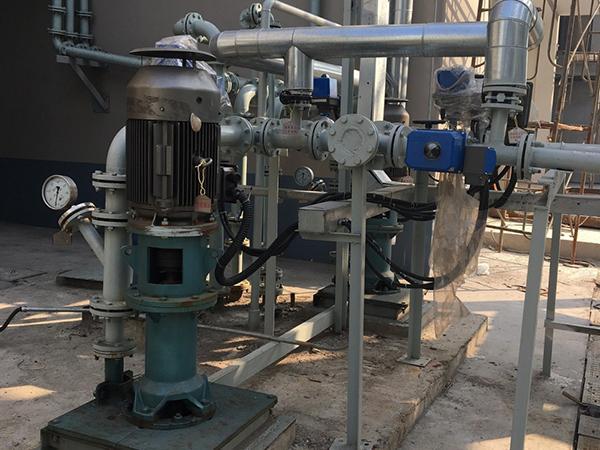English
- Afrikaans
- Albanian
- Amharic
- Arabic
- Armenian
- Azerbaijani
- Basque
- Belarusian
- Bengali
- Bosnian
- Bulgarian
- Catalan
- Cebuano
- Corsican
- Croatian
- Czech
- Danish
- Dutch
- English
- Esperanto
- Estonian
- Finnish
- French
- Frisian
- Galician
- Georgian
- German
- Greek
- Gujarati
- Haitian Creole
- hausa
- hawaiian
- Hebrew
- Hindi
- Miao
- Hungarian
- Icelandic
- igbo
- Indonesian
- irish
- Italian
- Japanese
- Javanese
- Kannada
- kazakh
- Khmer
- Rwandese
- Korean
- Kurdish
- Kyrgyz
- Lao
- Latin
- Latvian
- Lithuanian
- Luxembourgish
- Macedonian
- Malgashi
- Malay
- Malayalam
- Maltese
- Maori
- Marathi
- Mongolian
- Myanmar
- Nepali
- Norwegian
- Norwegian
- Occitan
- Pashto
- Persian
- Polish
- Portuguese
- Punjabi
- Romanian
- Russian
- Samoan
- Scottish Gaelic
- Serbian
- Sesotho
- Shona
- Sindhi
- Sinhala
- Slovak
- Slovenian
- Somali
- Spanish
- Sundanese
- Swahili
- Swedish
- Tagalog
- Tajik
- Tamil
- Tatar
- Telugu
- Thai
- Turkish
- Turkmen
- Ukrainian
- Urdu
- Uighur
- Uzbek
- Vietnamese
- Welsh
- Bantu
- Yiddish
- Yoruba
- Zulu
Telephone: +86 13120555503
Email: frank@cypump.com
Nov . 13, 2024 00:35 Back to list
hydraulic slurry pump
Understanding Hydraulic Slurry Pumps Features and Applications
Hydraulic slurry pumps play a critical role in various industries where the movement of fluid containing solid particles is necessary. These versatile machines are designed to efficiently transport slurries—mixtures of liquid and solid materials—across various distances and terrains. This article aims to delve into the features, working principles, and applications of hydraulic slurry pumps, shedding light on why they are indispensable in modern industrial operations.
The Mechanics of Hydraulic Slurry Pumps
At its core, a hydraulic slurry pump is designed to handle mixtures that are often abrasive, thick, or contain a high concentration of solids. What sets these pumps apart from traditional pumps is their construction; they are typically built with more robust materials that can withstand erosion and wear caused by the abrasive nature of slurries.
Hydraulic slurry pumps operate using various principles, primarily centrifugal force or displacement methods. Centrifugal slurry pumps utilize a rotating impeller to increase the velocity of the slurry, propelling it through the pump and into the discharge pipe. This design allows for a continuous flow, making it ideal for transporting slurries over relatively short distances. On the other hand, positive displacement pumps, which include diaphragm and gear pumps, work by trapping a fixed volume of slurry and forcing it through the discharge pipe, making them more suitable for high-viscosity slurries or applications requiring a more constant flow rate.
Key Features of Hydraulic Slurry Pumps
1. Durability Designed to resist abrasion and corrosion, hydraulic slurry pumps are usually made from high-grade materials like chrome alloys and rubber linings. This durability results in a longer lifespan and reduced maintenance costs.
2. Adjustable Flow Rates Many hydraulic slurry pumps feature adjustable flow rates, allowing operators to modify performance based on specific application needs. This flexibility is crucial in applications where slurry composition can change.
3. Self-Priming Capability Some models come with self-priming capabilities, enabling them to start pumping even when they are not fully submerged in the slurry. This feature can save time and increase operational efficiency.
hydraulic slurry pump

Applications of Hydraulic Slurry Pumps
Hydraulic slurry pumps are widely used across several industries due to their adaptability. Here are some key applications
- Mining and Mineral Processing These pumps are essential for transporting mineral slurries from mining sites to processing facilities. They handle abrasive materials like coal, platinum, and copper and help prevent clogs during transportation.
- Construction In construction, hydraulic slurry pumps are used for dewatering and transporting mixtures of water, sand, and cement. They play a vital role in activities like slurry trenching and foundation excavation.
- Wastewater Treatment In wastewater treatment plants, hydraulic slurry pumps are necessary for handling sludge and other by-products from the treatment process. They ensure efficient movement and processing of waste materials.
- Chemical Processing Many chemical production processes involve slurries. Hydraulic slurry pumps are employed to transport corrosive, viscous, or abrasive materials safely.
Conclusion
Hydraulic slurry pumps represent an integral component of various industrial operations. Their robust design, operational flexibility, and efficiency make them essential for transporting solid-liquid mixtures in mining, construction, wastewater treatment, and chemical processing sectors. As industries continue to evolve and demand more efficient and durable solutions, hydraulic slurry pumps will undoubtedly remain at the forefront of technological advancement, ensuring that they meet the increasingly complex challenges posed by modern operational demands.
-
ISG Series Vertical Pipeline Pump - Chi Yuan Pumps Co., LTD.|High Efficiency, Energy Saving, Low Noise
NewsJul.30,2025
-
ISG Series Vertical Pipeline Pump- Chi Yuan Pumps|High Efficiency&Low Noise
NewsJul.30,2025
-
ISG Series Vertical Pipeline Pump-Chi Yuan Pumps Co., LTD.|High Efficiency&Energy Conservation
NewsJul.30,2025
-
ISG Series Vertical Pipeline Pump - Chi Yuan Pumps Co., LTD.|Advanced Hydraulic Design&Energy-Efficient Solutions
NewsJul.30,2025
-
ISG Series Vertical Pipeline Pump - Chi Yuan Pumps Co., LTD.
NewsJul.30,2025
-
ISG Series Vertical Pipeline Pump - Chi Yuan Pumps Co., LTD.|energy-efficient fluid handling&industrial durability
NewsJul.30,2025










